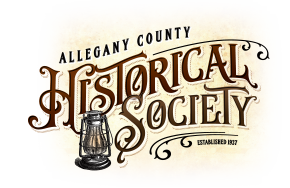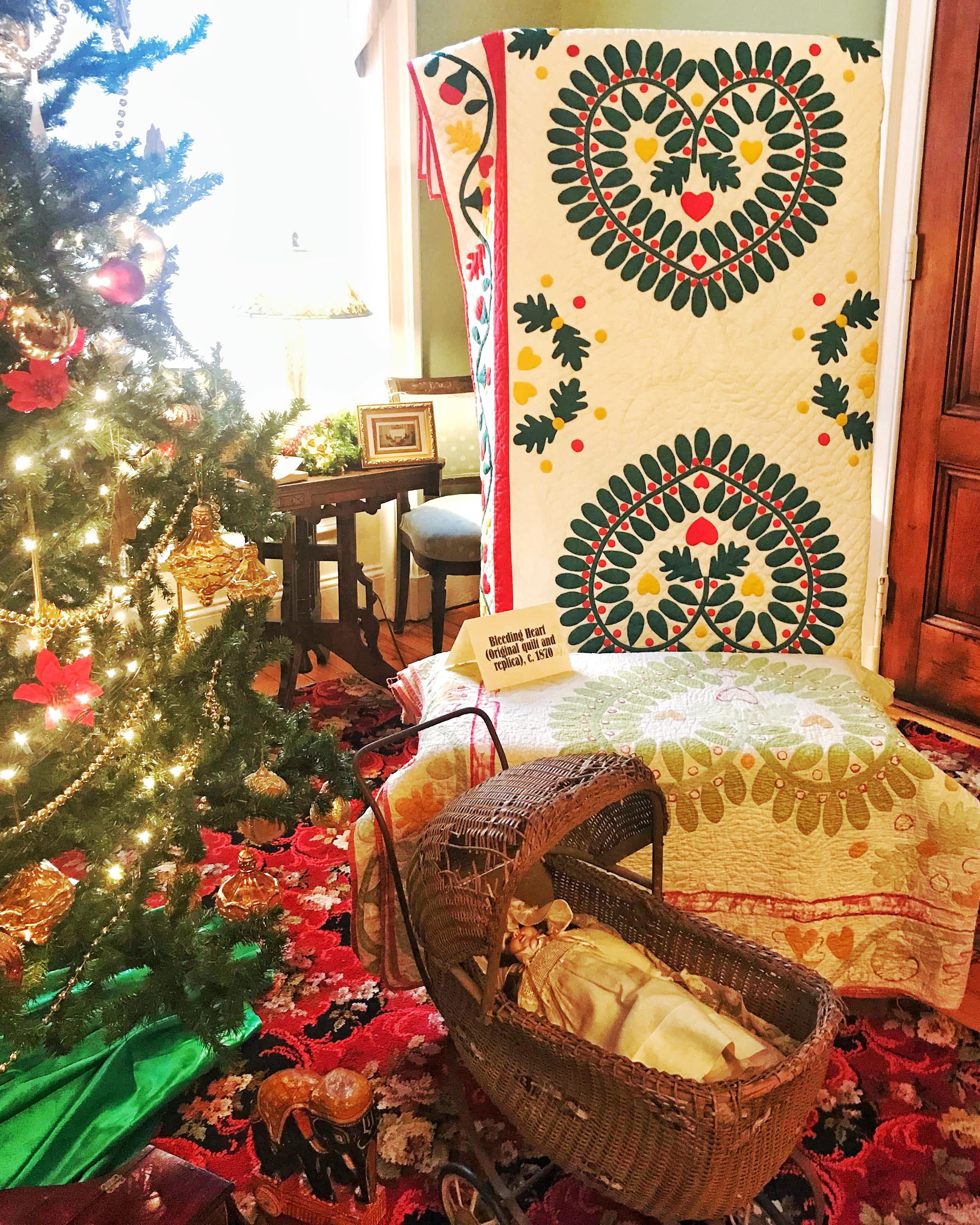November 30 – December 29
Thursday through Saturday from 10am–5pm and Sundays 1pm–5pm
Gordon-Roberts House
CUMBERLAND MD – Fifty-four hand-made quilts spanning over 130 years of local textile art will be on display at the Gordon-Roberts House on Washington Street through December 29 when tours of the Allegany County Historical Society headquarters end for the winter season.
Curated by Oxbow Cultural Resources and the local Schoolhouse Quilters Guild, the display will be open for public tours at regular house tour prices between November 30th and December 29th, Thursday through Saturday from 10 AM – 5 PM and Sundays 1 PM – 5 PM.
“Quilts represent a hundred years of women tucking their families under the warmest and most beautiful covers they could swing for cold winter nights. They are gifts from female friends, signed by the givers and cherished by the receiver. Quilts are nothing less than a story board of history,” exhibit curator Suzanne Trussell explained.
Selected quilts from the historical society’s extensive collection have been organized by style and period and are displayed along with vintage Christmas decorations in the basement living quarters and throughout the first and second floors of the 1867 mansion at 218 Washington Street.
“Women created patterns from what they saw – birds, wagon wheels, log cabins, flowers, and farms. They also expressed feelings like patriotism, a belief in the Bible, heritage, political activism, friendship, and hopes for a happy marriage. With inspired designs, skilled craftsmanship and needlework, quilts have had a close connection to the heart of women and the history of America,” according to Trussell.
In the early 19th century, American quilting was utilitarian and practical, made from pieced together leftover or scrap fabric. Remnants were cut into hexagons, triangles, and squares and the patterns of shapes created designs that spoke of the spirit of daily life. This top cover then got backing and was stuffed for warmth.
During the Victorian era of the late 19th century, the nation prospered and rich fabrics like velvet and silk became available. Upper-class women embraced the Crazy Quilt pattern, showcasing amazing embroidery skills.
By the 1920s, America began developing new types of fabrics that were brighter, silkier, and easier to quilt. This spurred a revival in quilting. Magazines and periodicals promoted quilting, offering patterns and discussions. The Celanese Fabric Company in Cumberland was part of the fabric revolution and a big influencer in local quilting. Through the Great Depression and the shortages of the Great World Wars, women relied on quilt-making.
These family heirlooms are part of the collections at the Gordon Roberts House donated to the Allegany County Historical Society. A few quilts are inked with inscriptions from F. Brooke Whiting, a local fine art collector.

